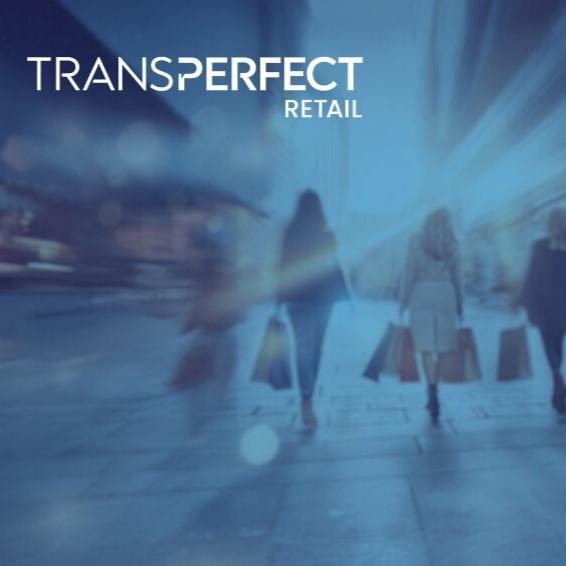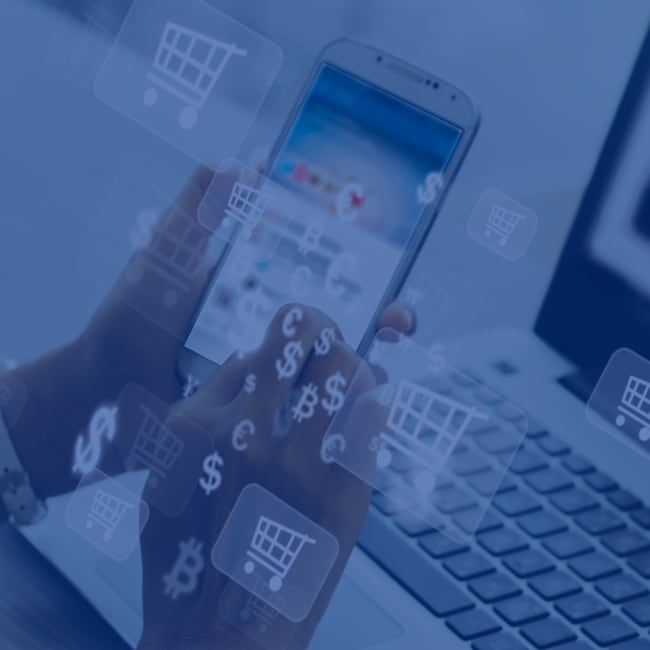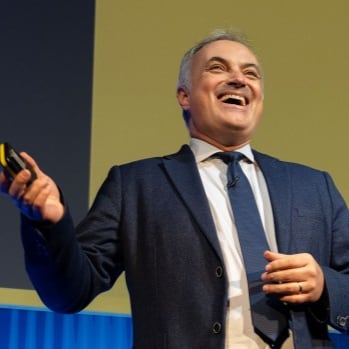Top 5 Personalization Trends in Retail for 2025


It’s no secret that the retail sector is transforming at a breathtaking pace, driven by customer demand for highly tailored, meaningful experiences. While the concept of personalization itself isn’t revolutionary, the ways retailers are now bringing it to life go far beyond greeting shoppers by name or offering generic loyalty programs. Instead, technology, data analytics, and cultural nuance have converged to create shopping journeys that feel incredibly personal—no matter where your customers live.
These personalization trends are changing the future of retail and helping brands stand out in crowded markets. They drive everything from customer loyalty and retention to higher conversion rates and average order values. According to Shopify’s recent findings on personalization trends, over 70% of consumers say they’re more likely to shop with brands that recognize and address their individual preferences. If you’re not personalizing, you risk falling behind.
Language—The Foundation of Personalization
Today, engaging with customers in their native language is more than a courtesy—it’s an expectation. But true personalization goes beyond translating words; it demands an understanding of local cultures and customs.
Picture a global beauty retailer that not only translates product labels but thoughtfully adjusts instructions, promotional campaigns, and user reviews to reflect local practices. A skincare serum popular in the US, for instance, might be marketed differently in Japan, where consumers are laser-focused on ingredient transparency and looking for solutions tailored to humidity or pollution.
By investing in deeper localization—adapting language, visuals, and brand storytelling—retailers create a sense of familiarity that customers around the world truly appreciate.
Localizing each facet of the customer journey (from website copy to mobile apps to on-demand support) demonstrates respect and authenticity. This attentiveness drastically reduces returns, enhances brand reputation, and deepens loyalty among international shoppers. It’s a powerful differentiator that can spark long-term relationships and encourage repeat visits.
Predictive Personalization
Have you ever browsed an online store and suddenly felt it was reading your mind, serving up precisely the items you didn’t realize you needed? That’s the magic of predictive personalization at work.
By leveraging AI and big data analytics, retailers predict what a shopper might want next based on past browsing and purchase history. For example, an electronics store might highlight protective cases or chargers immediately after you buy a new smartphone, while a grocery delivery app could suggest a curated list of ingredients right before a local holiday—exactly when your fridge needs restocking.
In a world of real-time data and seasonal trends, this type of personalization helps brands stay nimble. However, compliance with privacy regulations like GDPR or CCPA remains crucial. Striking the balance between user convenience and data protection is key to building trust.
When done right, predictive personalization elevates customer satisfaction, optimizes inventory management, and gives brands an edge to adapt quickly to evolving preferences—ultimately creating a shopping experience that feels almost magical.
Personalized Rewards
The days of punch cards and generic point systems aren’t gone, but they’re certainly evolving. Retailers are finding new ways to make loyalty programs feel personal, relevant, and downright delightful. Imagine you’re a regular at your local coffee shop, always ordering oat milk lattes. One morning, you wake up to a notification offering free oat milk upgrades all week—just for you. Or maybe you’re subscribed to a clothing service that notices you’ve been eyeing a particular jacket. You get an exclusive invitation to shop an upcoming capsule collection before anyone else.
These experiences don’t just hand out freebies or discounts; they acknowledge customers’ unique tastes, hobbies, and cultural contexts. And when global brands localize these rewards—tying them to regional holidays or seasonal festivities—they can forge an emotional connection that standard one-size-fits-all programs simply can’t replicate. Personalized rewards ultimately help customers feel seen, valued, and more inclined to engage with the brand over the long haul.
By ensuring the linguistic and cultural accuracy of these campaigns, retailers can offer rewards that genuinely strike a chord in each market they serve. These tailored rewards not only increase engagement but can lead to lifetime loyalty.
Community Building for Deeper Customer Insights
Sometimes, the best way to understand customers is to listen—and communities provide an organic space for that dialogue.
Forward-thinking retailers create online forums, social media groups, and even in-person events that invite customers to share experiences, opinions, and feedback. An outdoor gear company, for instance, might sponsor local hiking meetups, then gather input on backpack durability in varied terrains. These insights can reveal the fine details that surveys or AI algorithms might overlook—like just how essential breathable fabrics are in a humid jungle climate.
This sense of community isn’t just for specialty brands. Fashion retailers encourage user-generated content (UGC), such as styling tips or outfit-of-the-day selfies. Over time, these spaces build a dedicated following of enthusiastic shoppers who keep coming back to explore, share, and celebrate new products together. UGCis marketing gold, providing social proof that influences more potential buyers.
These brand-led communities foster belonging, boost authenticity, and create a rich feedback loop that shapes future product lines and marketing campaigns.
Omnichannel Personalization
Gone are the days when a brand’s website, mobile app, social media channels, and physical stores functioned independently. Today’s shoppers seamlessly switch from browsing a brand’s Instagram feed to visiting its website before finally purchasing in-store. Omnichannel personalization ensures these interactions feel cohesive, personalized, and convenient at every touchpoint.
Imagine picking out a paint color on your phone’s AR app—seeing exactly how it would look on your living room walls—and then stepping into a store where an associate has your color swatch and a few complementing décor suggestions ready to go. This scenario encapsulates omnichannel personalization, where online, mobile, social, and in-store touchpoints blend seamlessly to create a unified experience.
For a home improvement retailer, that might mean localized AR measurements (switching between metric and imperial systems) or design choices that speak to regional architectural styles. A luxury fashion brand could follow up an in-store styling session with a customized online lookbook featuring accessories handpicked to complement the outfits you tried on.
According to Shopify, customers respond strongly to this degree of continuity, with a significant rise in repeat purchases and referrals. Achieving it requires integrated CRM systems, fluid data-sharing protocols, and, just as importantly, expert localization services to ensure each digital or in-person interaction remains culturally relevant—whether you’re marketing on Instagram in North America, WeChat in China, or WhatsApp in parts of Latin America.
Standing Out in 2025
Personalization has evolved into a must-have strategy that keeps consumers coming back for more. Brands willing to invest in language-centered localization, predictive analytics, community engagement, and omnichannel cohesion are poised to stand out. These strategies work best when they’re implemented with cultural sensitivity at every step—because personalization is as much about emotional resonance as it is about convenience.
For brands aiming to scale globally, partnering with experts like TransPerfect can make the journey smoother. Managing high-volume translations, ensuring cultural appropriateness, and orchestrating global marketing campaigns are complex tasks—ones that become easier with an experienced localization partner. In 2025, the most successful retailers won’t just sell products; they’ll deliver carefully crafted, culturally aligned experiences that keep shoppers feeling understood and valued, no matter where they call home.
If you’d like to learn more about how TransPerfect can help your brand succeed in 2025, reach out to our expert team today!



